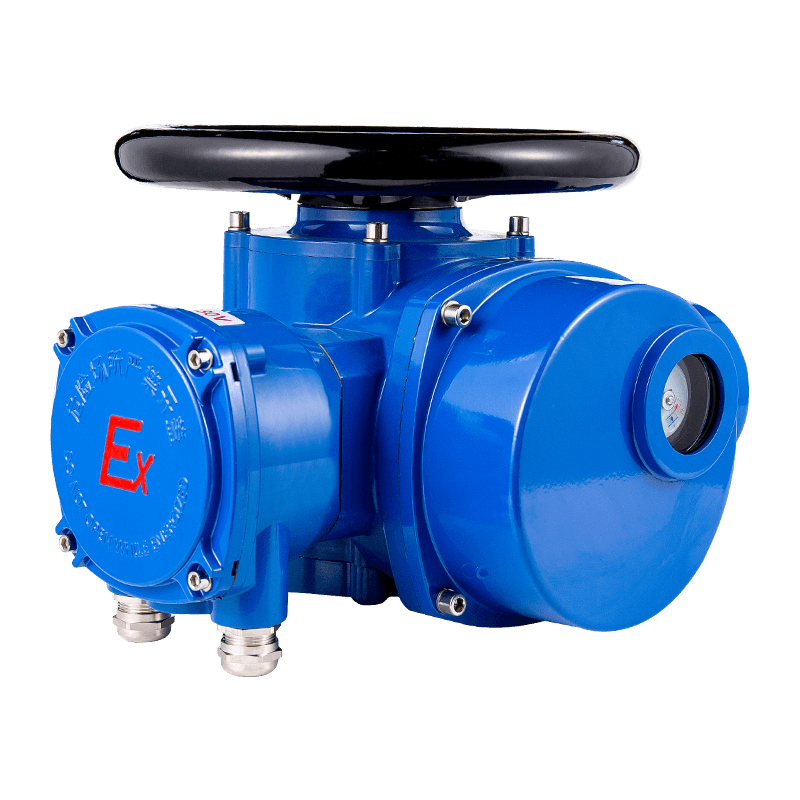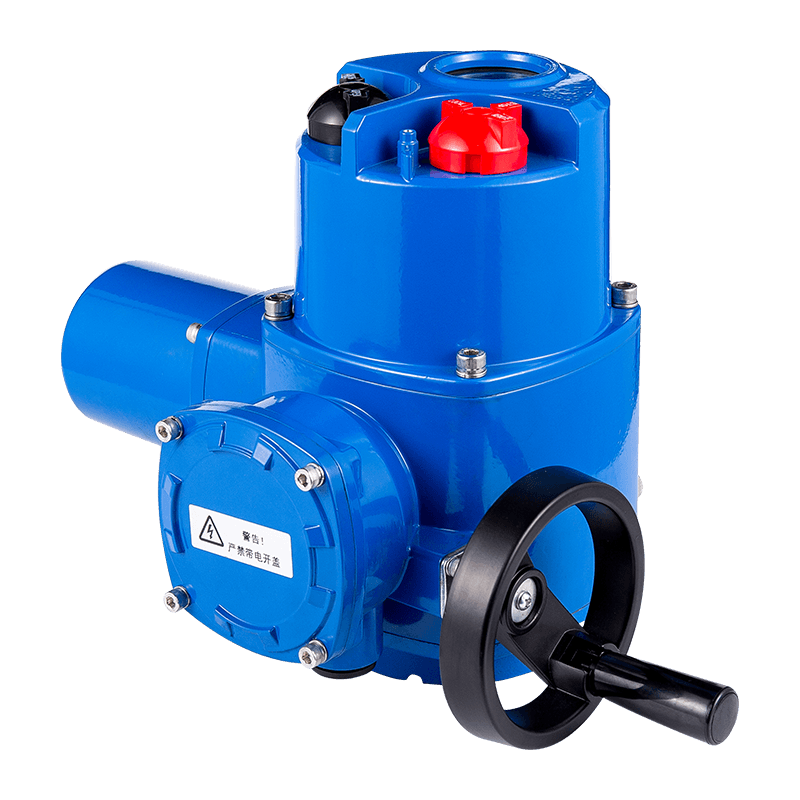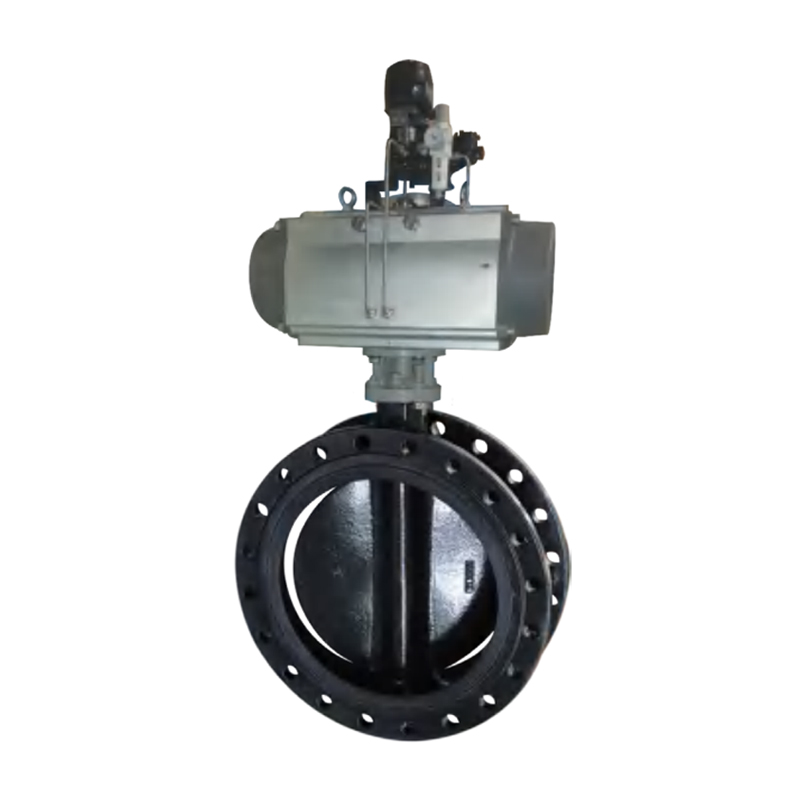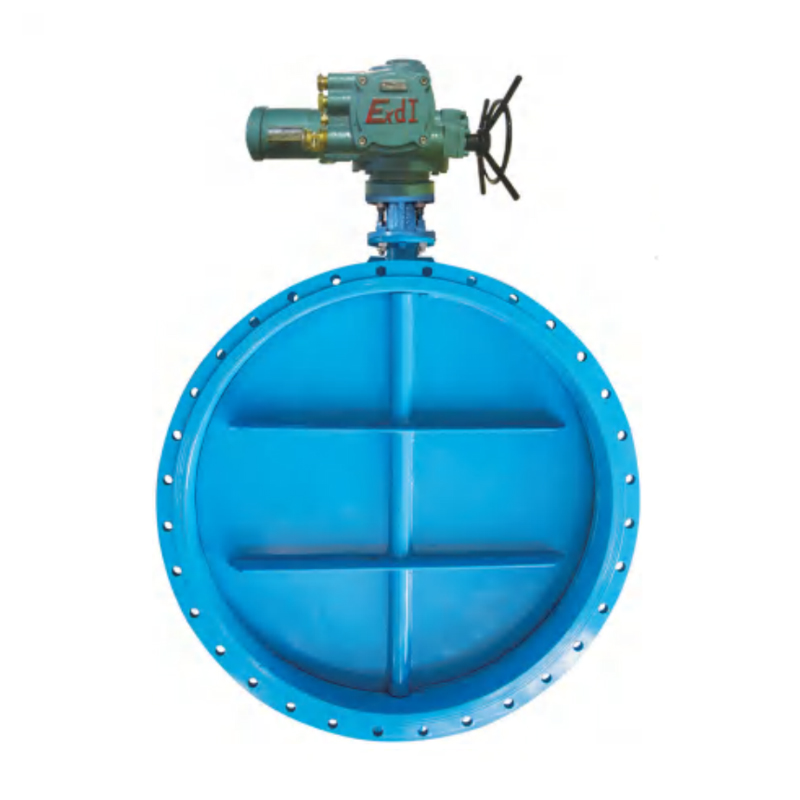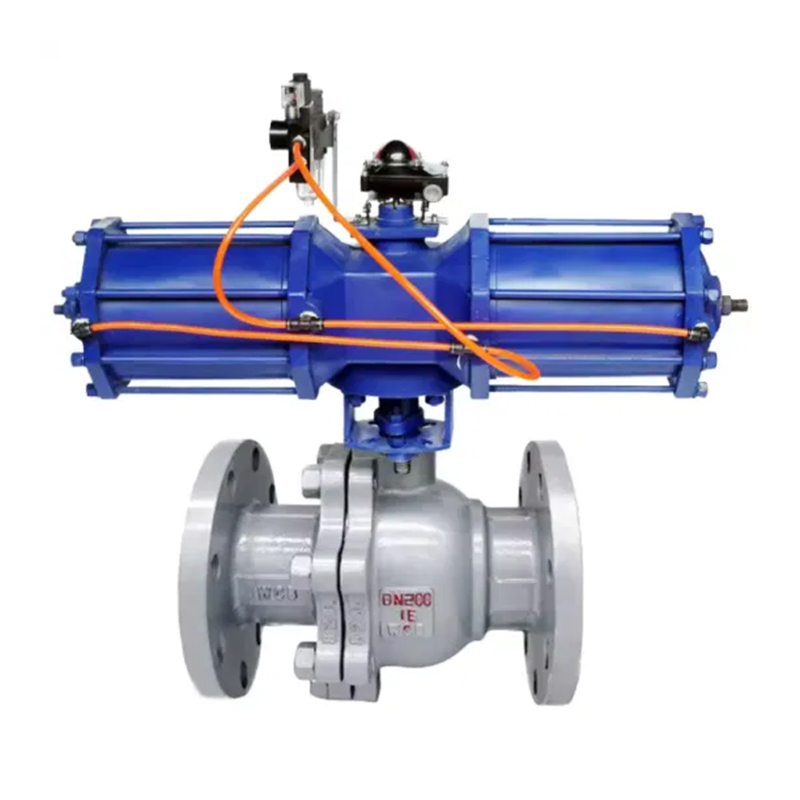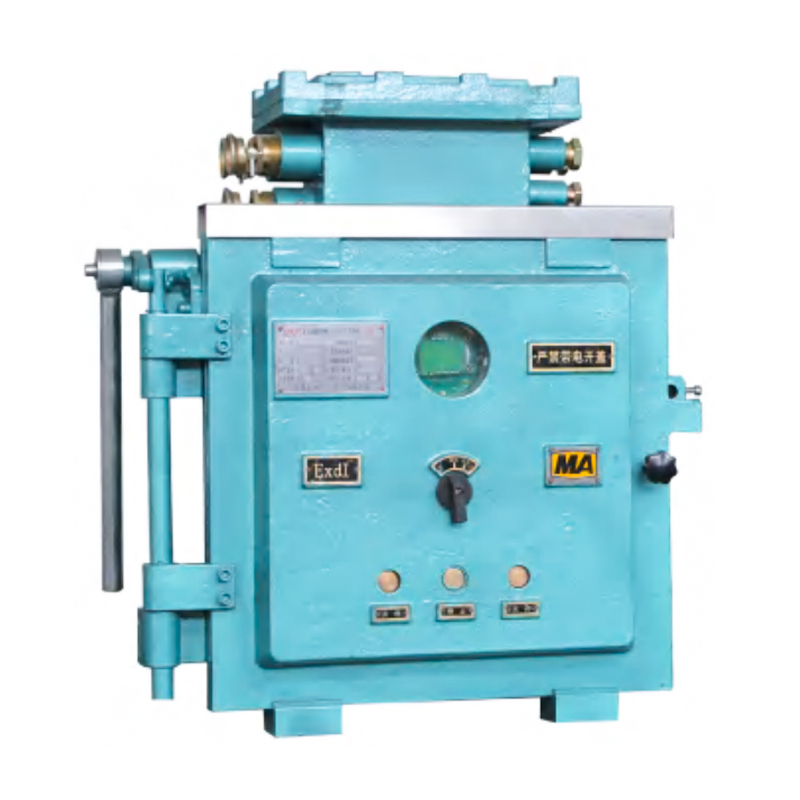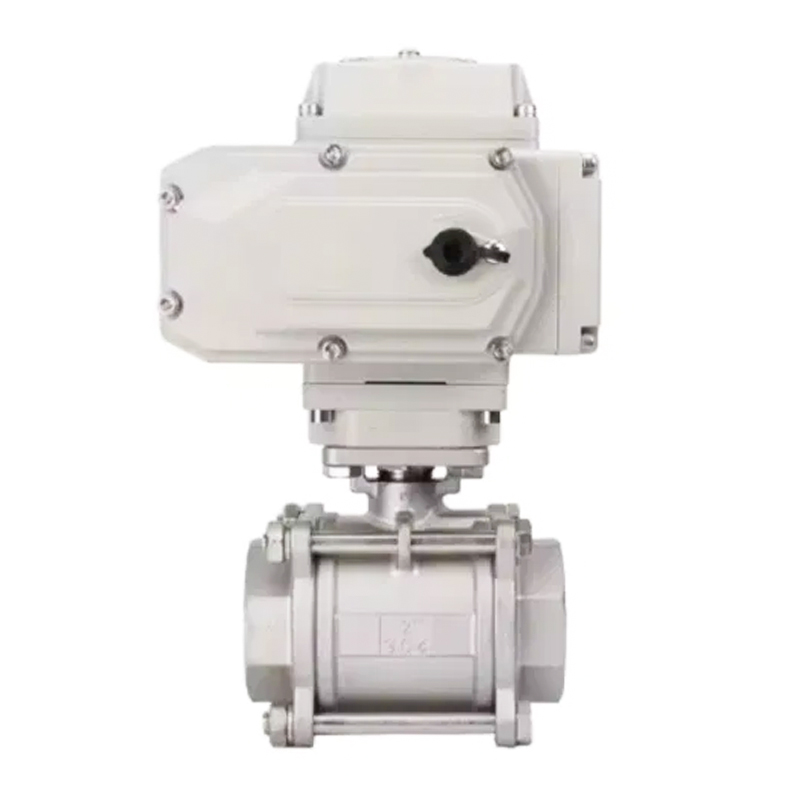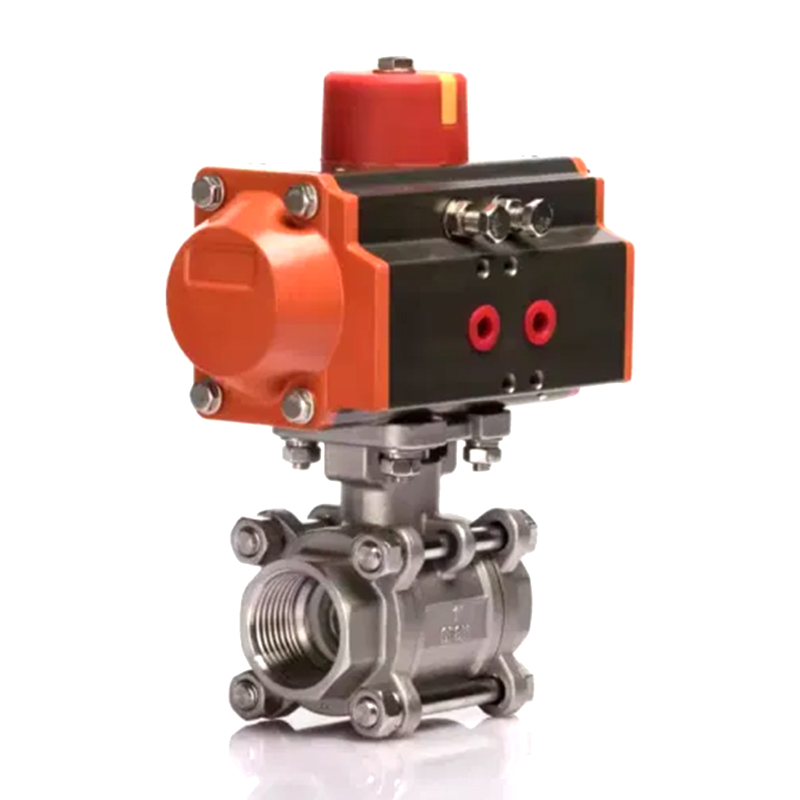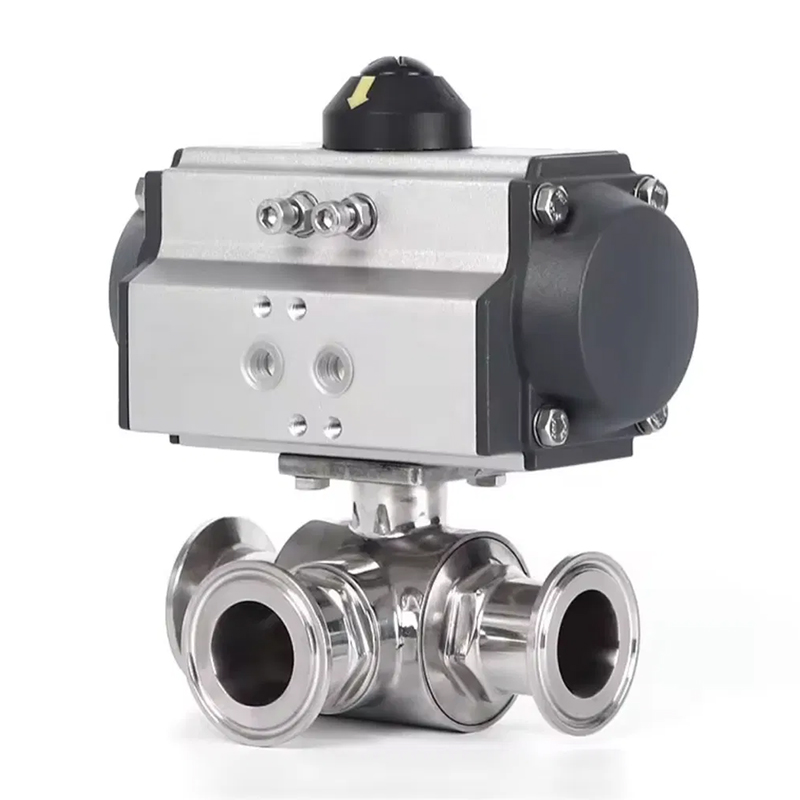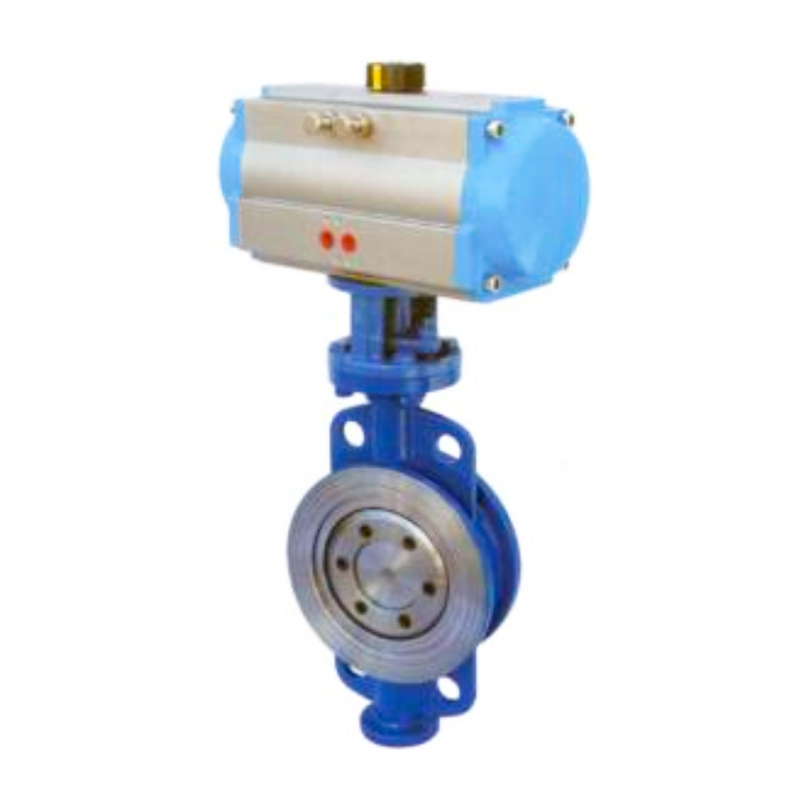0086 15335008985
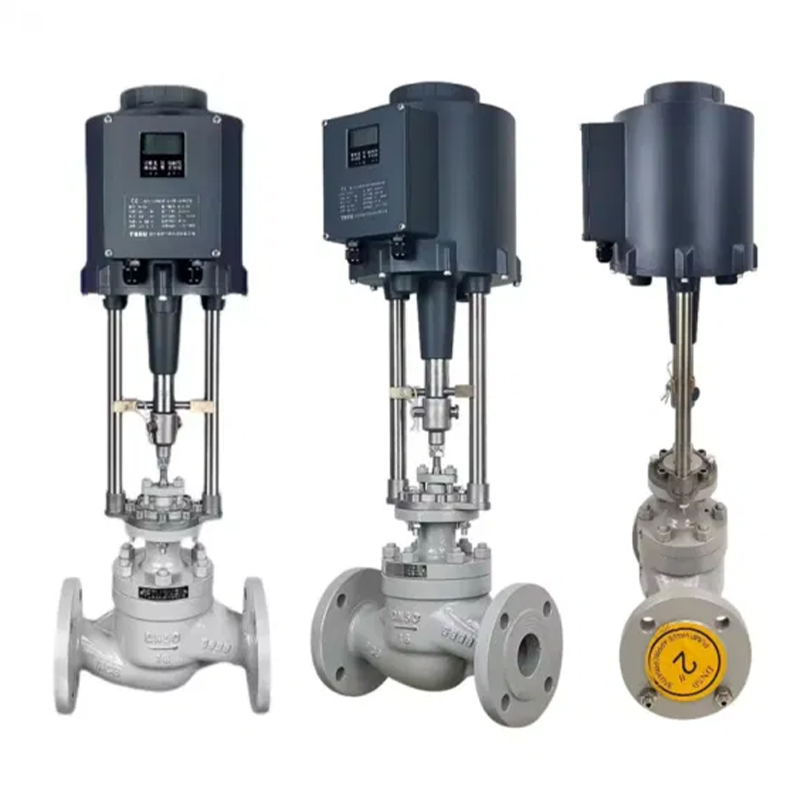
What Precision and Repeatability Can You Expect from the ADL Series?
In the realm of industrial automation, the performance of a linear motion system is fundamentally judged by two critical parameters: precision and repeatability. These concepts, while often mentioned together, represent distinct aspects of performance that directly impact the quality, efficiency, and reliability of automated processes. For wholesalers and buyers evaluating motion solutions for their clients, understanding the tangible capabilities of a product is paramount.
Defining Precision and Repeatability in Linear Motion
To properly assess the capabilities of the adl series digital intelligent linear electric actuator, it is essential to first establish clear, functional definitions for precision and repeatability. In everyday language, these terms are sometimes used interchangeably, but in the context of engineering and automation, they have specific and separate meanings.
Precision, often referred to as accuracy in this context, describes the closeness of a measured position to the true, desired, or target position. If a command is sent to move to a 500-millimeter position, a highly precise actuator will stop as close to that exact 500-millimeter point as possible. Error in precision is typically a systematic issue, influenced by factors such as mechanical backlash, lead screw accuracy, and the calibration of the feedback system. It is about correctness.
Repeatability, on the other hand, is the ability of the linear electric actuator to return to the same commanded position consistently, over multiple cycles, under the same conditions. It is a measure of consistency and predictability. If an actuator is commanded to move to 500 millimeters ten thousand times, a highly repeatable system will cluster all its stopping points in a very tight group, even if that group is slightly offset from the true 500-millimeter mark. Repeatability is often a statistic of variation, such as ±0.1 mm, indicating the band within which all positions will fall.
A simple analogy is a target shooter. A precise shooter will group shots around the bullseye. A repeatable shooter will group all shots tightly together, but not necessarily in the bullseye. The adl series is engineered to be both precise and repeatable, consistently grouping shots in the bullseye. This distinction is crucial for buyers to communicate to end-users, as different applications prioritize these aspects differently. A packaging machine may prioritize high repeatability for consistent pouch lengths, while a CNC machine tool demands both high precision and high repeatability for part quality.
The Engineering Foundation: Core Components Affecting Performance
The achieved levels of precision and repeatability are not accidental; they are the direct result of deliberate engineering choices in the design and manufacturing of the core components. The adl series digital intelligent linear electric actuator is built upon a foundation that prioritizes stability, rigidity, and minimal error.
Mechanical Construction and Lead Screw Technology. The heart of any electric actuator is its drive mechanism. The adl series utilizes high-grade, precision-rolled or ground ball screws, which are instrumental in determining the base level of positional accuracy. These components are manufactured to strict tolerances, ensuring minimal deviation in the lead—the distance the nut travels per screw revolution. The integration of anti-backlash nuts is a critical feature that directly enhances both precision and repeatability. Backlash, the slight axial movement between the screw and nut when direction is reversed, is a primary source of positional error. By mechanically pre-loading the system to eliminate this play, the adl series actuator ensures that positional commands are translated into movement without lost motion, whether extending or retracting. The robust construction of the actuator body and the integration of high-load bearings further contribute to this by minimizing deflection under load, which can introduce positional drift.
Integrated High-Resolution Feedback. An actuator cannot control what it cannot measure. The “Digital Intelligent” aspect of the adl series is largely enabled by its sophisticated feedback system. Unlike basic actuators that might rely solely on motor encoder counts, this system typically incorporates a high-resolution absolute or incremental encoder. This provides the integrated digital controller with real-time, precise data on the actuator’s position. This closed-loop control within the actuator itself is fundamental. The controller constantly compares the target position from the command signal with the actual position from the feedback device, making minute adjustments to the motor to correct any error. This real-time correction is what allows the system to achieve and maintain high precision, compensating for variables like load-induced deflection or minor mechanical variances.
Brushless DC Servo Motor Performance. The actuation force is provided by a brushless DC servo motor, chosen for its excellent control characteristics. The smooth, precise rotation of this motor type, combined with its high torque-to-inertia ratio, allows for responsive acceleration and deceleration profiles. This controlled motion prevents overshoot and settling time issues—common detractors from repeatability. The motor works in concert with the feedback system and the controller to execute moves with a high degree of finesse, stopping at the desired position without oscillation.
The Role of Intelligent Control in Enhancing Accuracy
While a robust mechanical foundation is essential, it is the digital intelligence that truly unlocks the high-performance potential of the adl series digital intelligent linear electric actuator. The onboard controller acts as the brain, transforming it from a simple push-pull device into a sophisticated motion control node.
Closed-Loop Control Philosophy. As previously mentioned, the closed-loop system is central to its performance. This means that for every move, the system does not simply assume the position has been reached based on motor steps; it verifies it with the feedback sensor. This is a critical distinction from open-loop systems, like those using stepper motors without feedback, which can lose steps and accumulate positional error without any means of detection or correction. The closed-loop control in the adl series ensures that the commanded position is the achieved position, cycle after cycle.
Programmable Motion Profiles. Precision is not solely about the final stopping point; it is also about the path taken to get there. The intelligent controller allows for the programming of sophisticated motion profiles, including S-curve acceleration and deceleration. Unlike simple trapezoidal profiles that jerk into motion, S-curve profiles smoothly ramp acceleration up and down, drastically reducing mechanical shock, vibration, and the potential for load oscillation. By minimizing these dynamic forces, the actuator can settle into its final position more quickly and stably, directly enhancing its repeatability, especially in high-cycle applications or those with delicate payloads.
Error Compensation and Diagnostics. The digital nature of the adl series actuator allows for advanced software-based features that further refine performance. For instance, the system can be programmed with error compensation maps. If a minor, consistent mechanical deviation is detected at a specific point in the travel, the controller can learn to apply a slight offset to the command to cancel out the error, thereby improving overall system precision. Furthermore, built-in diagnostic functions can monitor performance over time, alerting users to potential maintenance needs before they lead to a degradation in accuracy, such as an increase in positioning error due to wear.
Quantifying Performance: What to Expect from the ADL Series
Having explored the mechanisms that enable high performance, we can now address the core question with quantitative expectations. The following table provides a general overview of the typical precision and repeatability specifications one can expect from the adl series digital intelligent linear electric actuator. It is important to note that these values can vary based on the specific model, stroke length, and load conditions.
| Performance Metric | Typical Specification Range | Key Influencing Factors |
|---|---|---|
| Repeatability | ±0.05 mm to ±0.15 mm | Mechanical backlash, feedback resolution, controller response time, load stability. |
| Positioning Precision (Accuracy) | Dependent on system calibration and error compensation, but typically within a few tenths of a millimeter over full travel. | Lead screw accuracy, system rigidity, calibration of feedback, and integration of error compensation. |
| Resolution | A function of the feedback system, often down to micrometers per step. | Encoder resolution, lead screw pitch, and mechanical gearing. |
| Maximum Axial Play | Minimized to a few micrometers through anti-backlash design. | Quality of ball screw and nut assembly, bearing pre-load. |
Understanding the Numbers in Practice. A repeatability specification of ±0.1 mm means that over thousands of cycles, the actuator will consistently return to a position within a 0.2 mm wide band. This level of consistency is sufficient for the vast majority of industrial automation tasks, such as precise positioning in assembly, robotic end-of-arm tooling, and valve actuation in process control. The high resolution provided by the feedback and control system ensures that even the smallest commanded movements are executed smoothly and reliably, which is critical for applications like dispensing or micro-fitting operations.
It is crucial for buyers to contextualize these figures. While absolute laser-like precision in the micrometer range may require specialized air-bearing stages, the performance of the adl series sits comfortably in the high-end of the industrial electric actuator market, meeting the demands of factory automation, food and beverage processing, and material handling with a high degree of reliability.
Application-Specific Benefits of High Precision and Repeatability
The value of these technical specifications is realized in the tangible improvements they bring to real-world applications. The consistent performance of the adl series digital intelligent linear electric actuator translates into direct operational benefits across various industries.
Enhanced Product Quality and Consistency. In manufacturing, consistency is synonymous with quality. Whether it’s performing a pick-and-place operation for electronic components, applying a label, or performing a riveting operation, the ability of the actuator to perform the same move identically every time eliminates dimensional variation in the final product. This reduces scrap rates, minimizes rework, and ensures that every unit leaving the production line meets the same quality standards.
Increased Throughput and Operational Efficiency. Precision and repeatability directly contribute to speed. Because the intelligent electric actuator can move to its target quickly and settle without oscillation, cycle times can be optimized. Machines can run faster without sacrificing quality. Furthermore, the reliability of the system reduces unplanned downtime caused by positional errors or mechanical failures, maximizing overall equipment effectiveness (OEE). This is a key selling point for end-users in packaging machinery and automated assembly lines.
Reduced System Complexity and Cost. The high level of integrated intelligence and mechanical performance can simplify machine design. Engineers do not need to design complex external mechanisms to compensate for poor actuator repeatability. The programmable positioning and built-in multi-point control allow for complex sequences to be handled by a single, smart device, reducing the need for additional controllers, sensors, and linkage hardware. This simplification lowers the total cost of the system, from initial design and integration to long-term maintenance.
Maintaining Long-Term Performance
The specifications for precision and repeatability are established for a new actuator under defined test conditions. To ensure these performance metrics are sustained throughout the actuator’s operational life, proper maintenance and system integration are necessary.
The Importance of Correct Integration. The performance of any actuator is contingent on its installation. The adl series must be mounted to a sufficiently rigid and flat surface to prevent misalignment or frame distortion, which can induce binding and premature wear, degrading accuracy. Similarly, the external load must be applied correctly along the actuator’s axis to minimize moment loads, which can cause side-loading and accelerate wear on the rod and bearings. Proper integration is the first and most critical step in preserving the designed-in performance.
Recommended Maintenance Practices. While the adl series digital intelligent linear electric actuator is designed for longevity with minimal maintenance, certain practices will ensure consistent performance. Periodic checks of mounting bolt torque are recommended to maintain rigidity. Depending on the model and environmental conditions, lubrication of the extension rod may be advised to protect against corrosion and wear. The intelligent controller also aids in maintenance by providing diagnostic feedback. A trend of increasing positioning error over time can serve as an early warning sign that maintenance may be required, allowing for proactive intervention before a failure occurs. This predictive capability helps uphold the actuator’s repeatability and precision over its entire service life.




 русский
русский Español
Español
